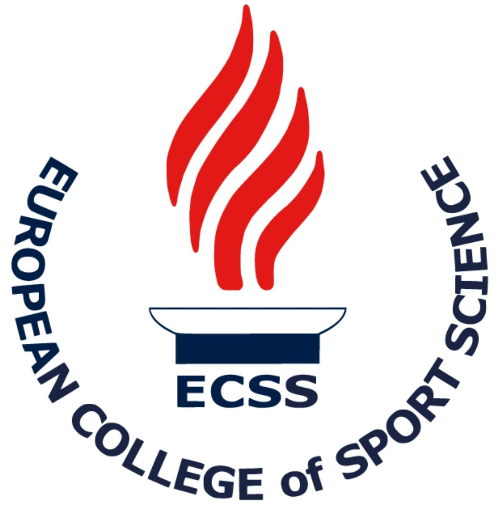Ferrari Bravo D1, Rampinini E1, Impellizzeri FM1
1, Human Performance Lab, Sport Service MAPEI, Castellanza, Italy

Repeated sprint ability (RSA) is considered an important fitness component of soccer physical performance and a recent study has shown that RSA test is correlated to high intensity activity during actual match-play. Several studies have also shown that a good level of aerobic fitness is required to meet the physiological demands of soccer and to aid recovery during high-intensity intermittent exercise. While various studies have shown the effectiveness of generic and specific aerobic interval training in soccer players, no studies have investigated the effect of RSA-based training on soccer players physical fitness. Therefore, the aim of this study was to compared the effects of repeated sprint versus aerobic interval training on some physical fitness components included RSA in soccer players. Twenty-six soccer players were randomly assigned to either repeated sprint (RSG)(N=13) or interval aerobic training group (ITG)(N=13). Repeated sprint training consisting of 3 bouts of six sprints of 40-m with direction changes and 20 sec recovery between sprints and 3 min active rest periods between bouts. Interval training consisting of 4 bouts of 4 min at 90 -95% of maximum heart rate with 3 min active rest periods. Both training programs were completed twice a week. The following outcomes were measured at baseline (Pre) and after 7 weeks of training during the regular season (Post): maximum oxygen uptake (VO2max), ventilatory threshold (VT), 10-m sprint test, RSA shuttle test, counter movement jump and Yo-Yo Intermittent Recovery test (YYIR). No interactions were found between groups for the parameters of aerobic fitness. Specifically, the two groups increased VO2max from 54.3 to 57.4 ml/kg/min and VO2 at VT from 45.0 to 46.1 ml/kg/min (P<0.05). Significant training group x time interactions (P<0.001) were found for the distance covered during YYIR and mean time in the RSA test. ITG increased YYIR by 13% (from 1846 m to 2077 m) while RSG increased by 28% (from 1917 to 2455 m) (P<0.0001). RSG also decreased the mean time during RSA test by 2.1% (from 7.53 to 7.37 s, P<0.001) while the ITG did not change (7.42 s pre vs 7.40 s post). No changes after the 7 weeks of training were found in both group in vertical jump height, 10-m sprint time and RSA decrement. Our results showed that sprint training and running interval training determined similar improvement in aerobic fitness. On the other hand sprint training induced higher gain in soccer specific endurance characterized by aerobic and anaerobic intermittent activity and direction changes. Sprint training also produced higher improvement in RSA test compared to running interval training. In conclusion, the RSA-based training used in the present study is an effective training for the improvement of important match-related physical performance and physiological characteristics in soccer players.
10th Annual Congress of the European College of Sport Science in Lausanne, Switzerland 2006.
PMID: 18080951 DOI: 10.1055/s-2007-989371